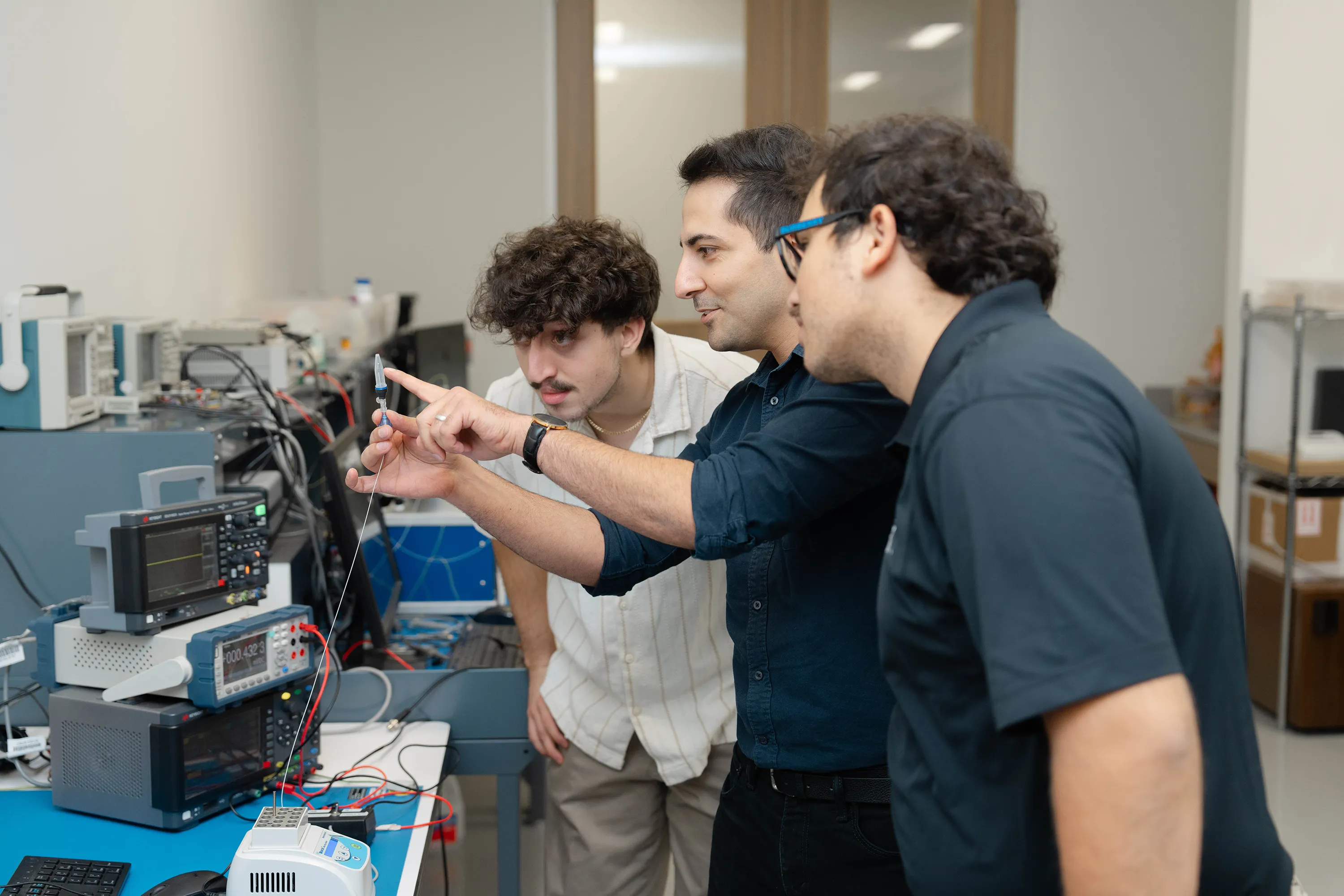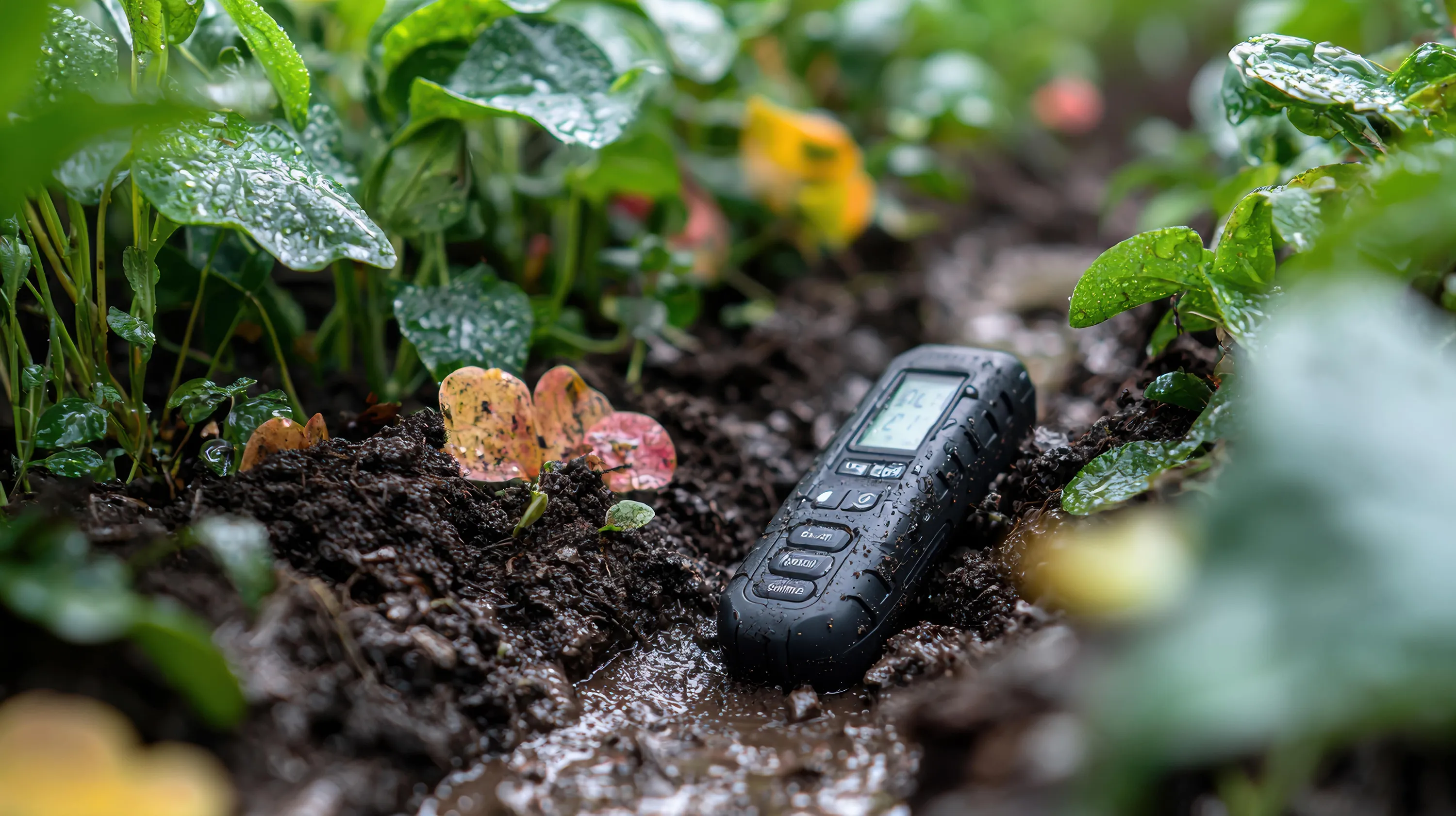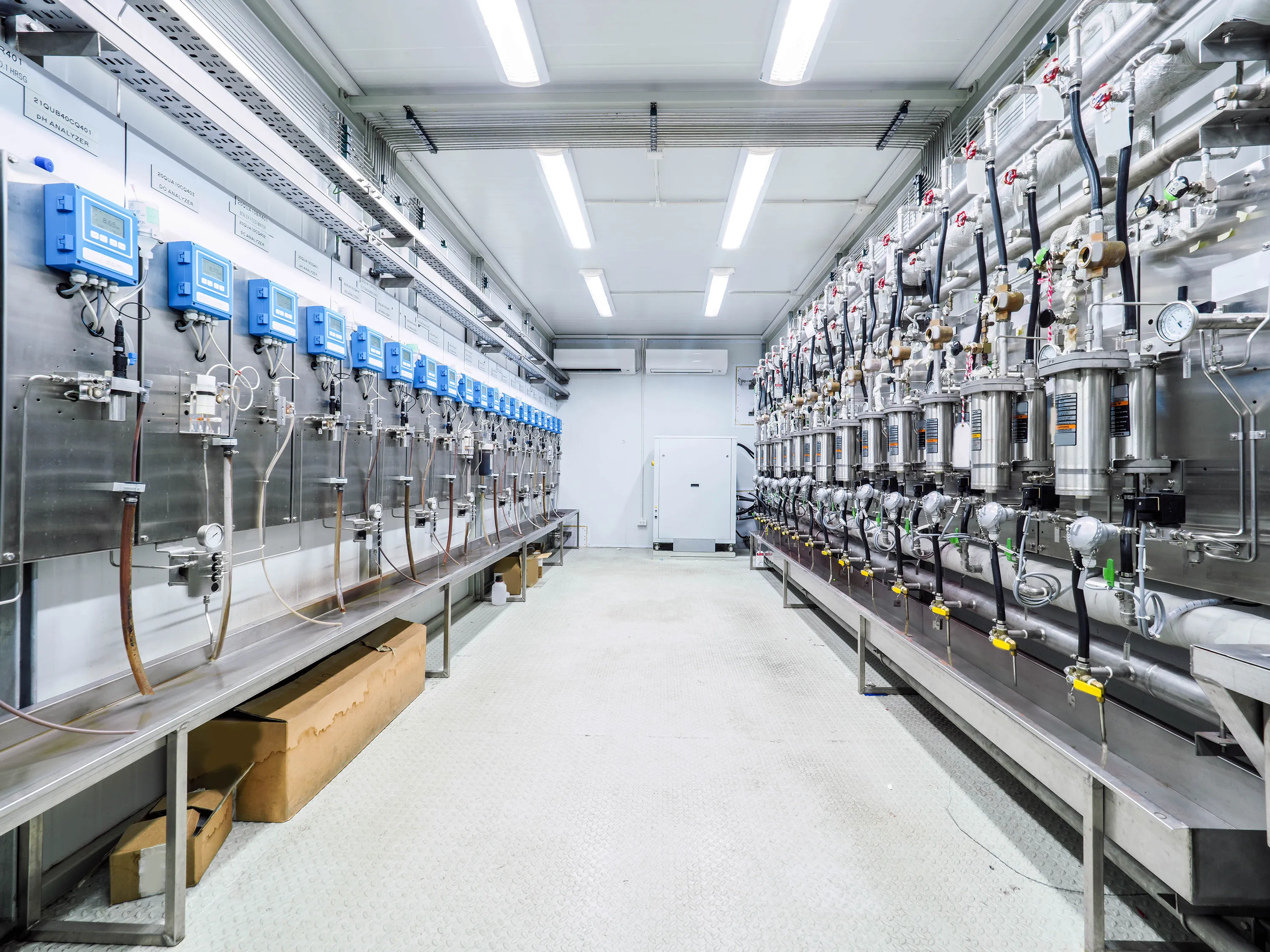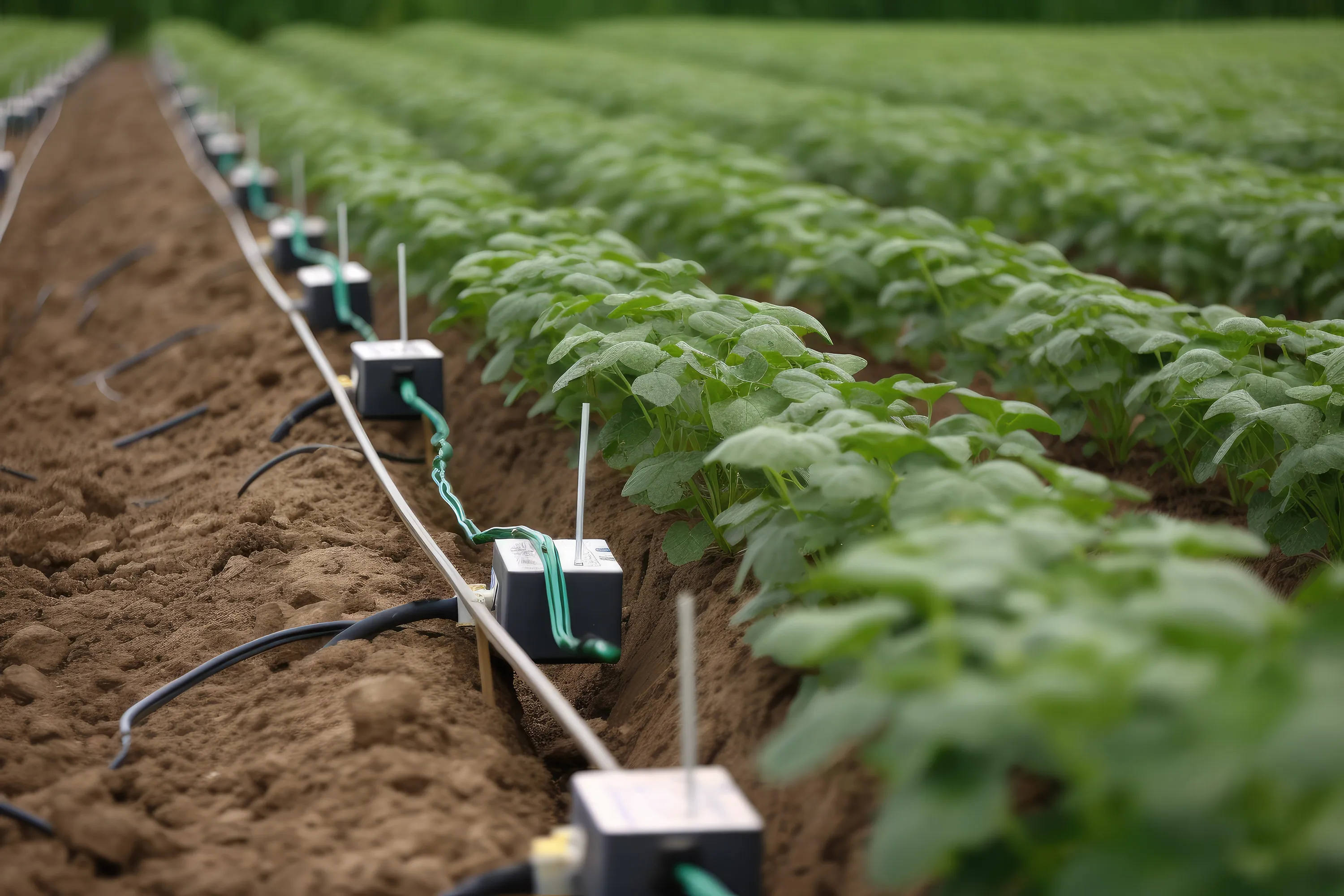
With decades of industrial sensing expertise and microfoundry capabilities, Sentron has joined the Millar family, expanding our ability to deliver cutting-edge sensor solutions for medical, industrial and environmental applications and enhancing Millar’s legacy of precision sensing in high-stakes environments.
Integrate Sentron’s solid-state oxidation-reduction potential (ORP) sensing technology into your device to enable fast, stable and reliable redox potential monitoring.

Sentron’s ORP sensors can be easily embedded in agtech devices including fertigation or irrigation control systems to help monitor oxidative balance and support precise nutrient delivery and healthier root zone conditions.

Our ORP sensors embed directly into chemical processing or CIP devices to improve control over redox reactions, optimize dosing accuracy, and enhance system monitoring.

Reliable ORP monitoring capabilities can be crucial to environmental sensing devices and can help enable early detection of redox changes in natural waters, waste streams or remediation zones.
Oxidation-reduction potential (ORP) reflects a solution’s ability to either donate or accept electrons, which is an indicator of its chemical reactivity. Sentron’s solid-state ORP sensors are easily integrated into OEM devices and platforms and can be configured with pH, EC and temperature sensors. This enables multiparameter measurement within a single system for faster response times and a more complete picture of a chemical environment.

Built with robust ISFET-based technology, Sentron ORP sensors are durable, safe and well-suited for integration into devices used in rugged environments.
Our ORP sensing elements can be embedded into a variety of form factors, giving design teams flexibility to tailor sensor integration for specific applications or environments.
Built for industrial and environmental use, Sentron sensors meet IP67 water resistance standards and are optimized for repeated exposure to wet or corrosive conditions.
Built-in temperature sensing ensures accurate ORP readings across varying environmental or fluid conditions.
